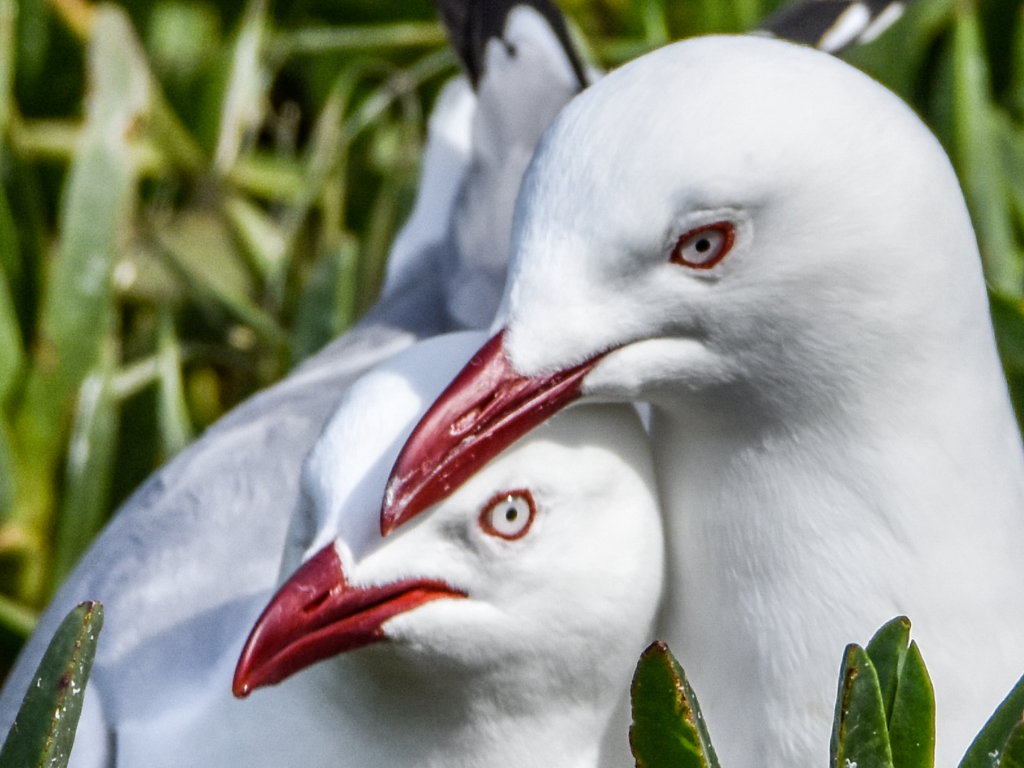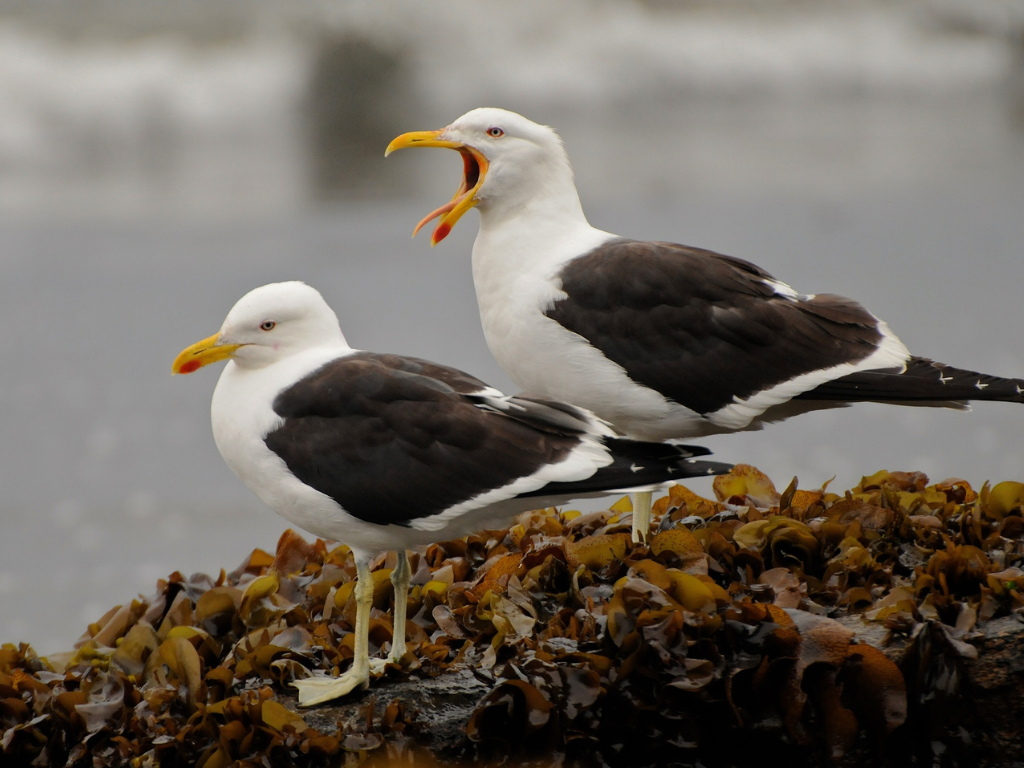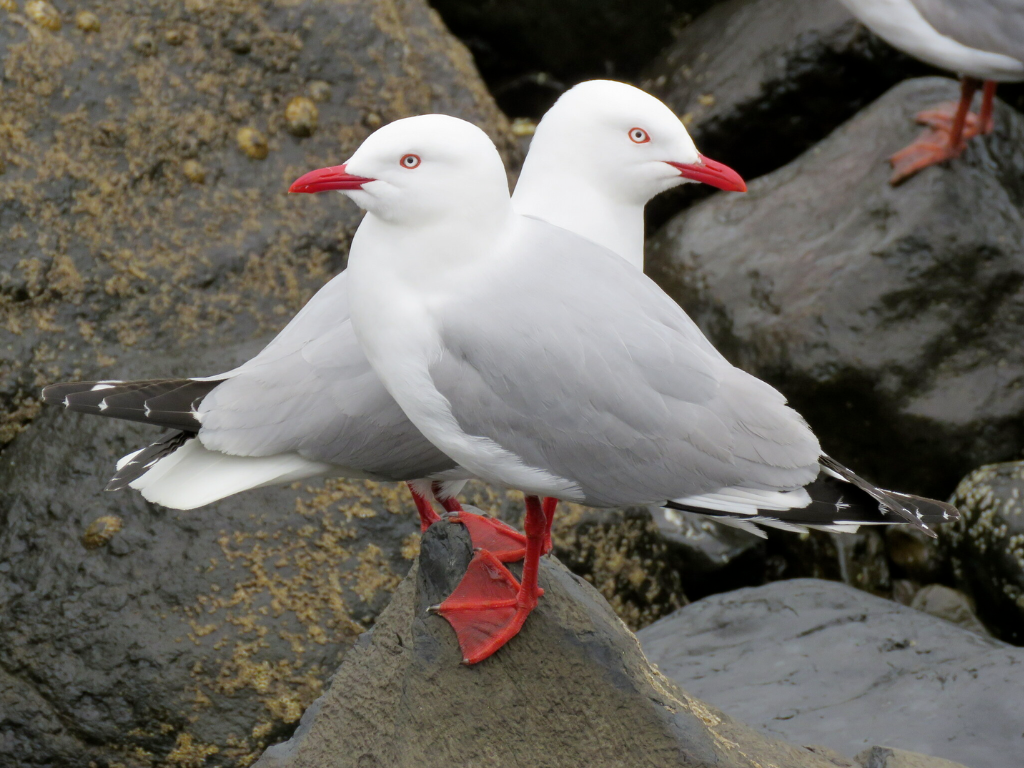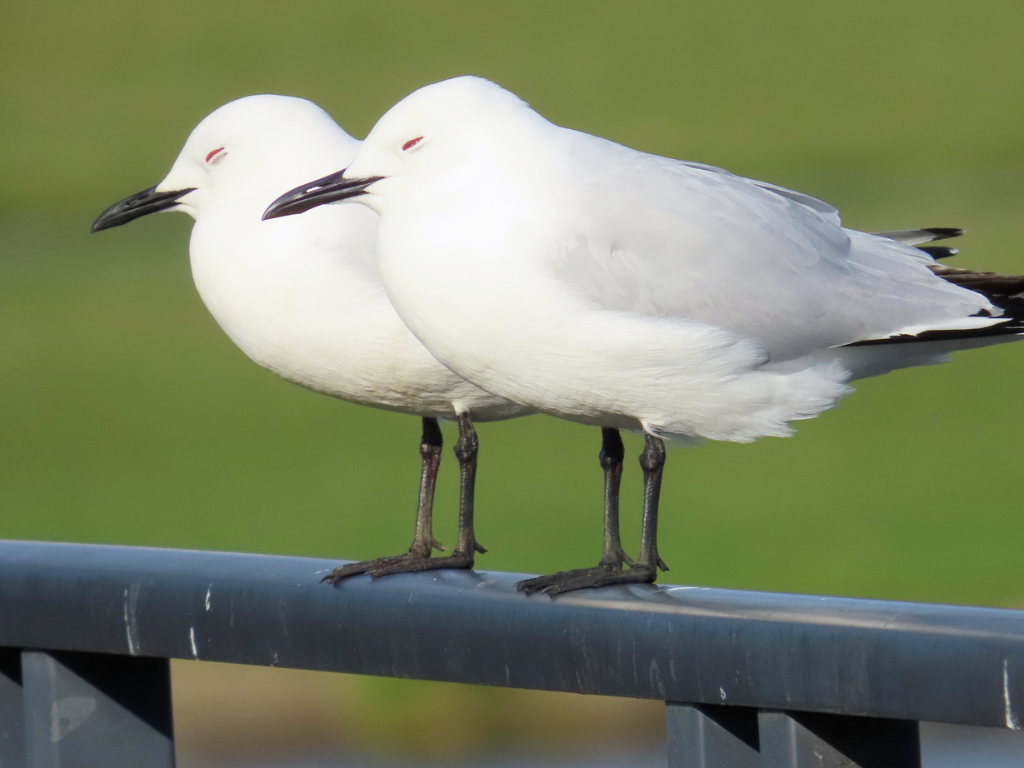What comes to mind when you think of a gull? Noisy seaside neighbours? Picnic scavengers? How about declining species?
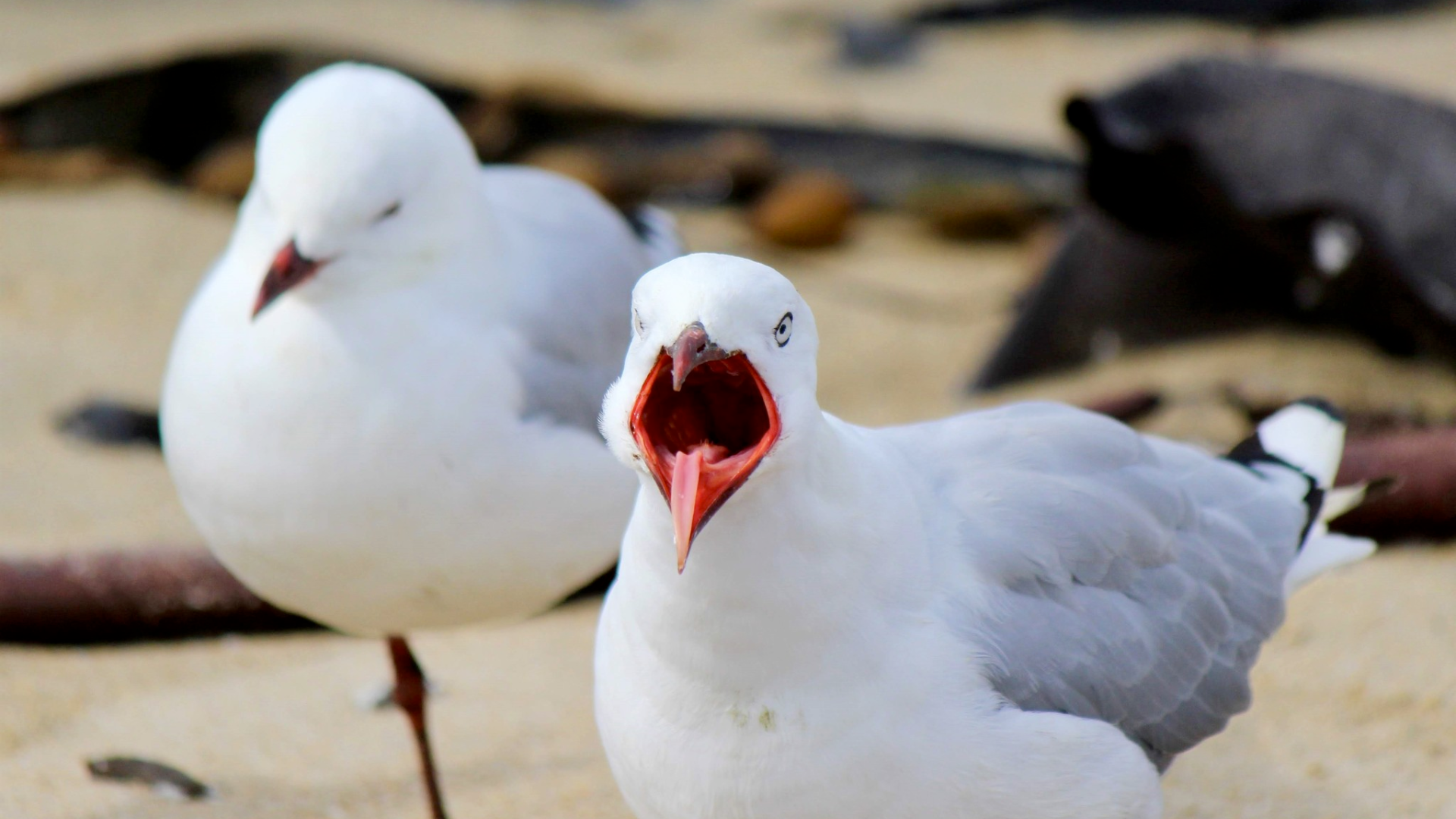
1. Three types of native gulls
We’ve got three species of native gull in Aotearoa New Zealand.
There’s the big guys: karoro (black-backed gull). You can recognise them by their size and the little red mark on the lower mandible of their yellow bill.
Then, the classic gull: tarāpunga (red-billed gull) is most commonly seen at the beach eyeing up your picnic. Their bills, eyelids and feet are all scarlet red.
The third is our endemic gull: tarāpuka (black-billed gull), found nowhere else in the world. They have black legs and a long, straight black bill. They prefer to spend their time on the braided rivers and coast of the South Island.
2. Goodbye gulls?
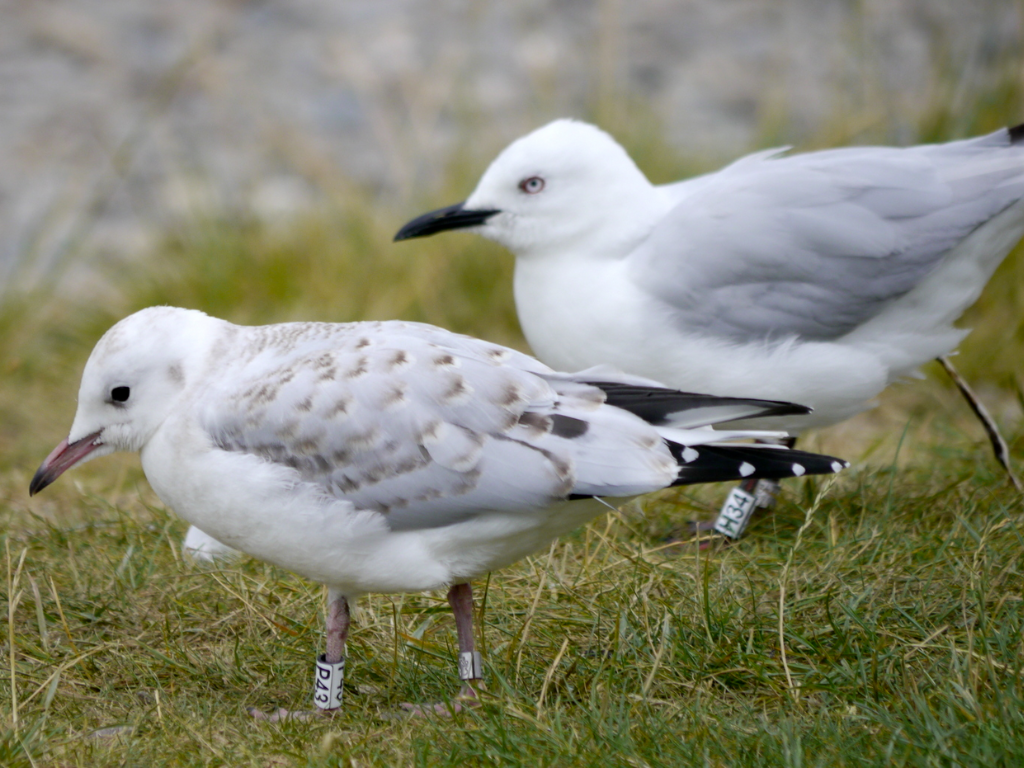
The tarāpuka has the unfortunate status of being the most threatened gull species in the world.
In 2006, a grim discovery was made. Infrared cameras captured just one feral cat and one ferret decimating hundreds of black-billed gull chicks over two months on the Aparima River in Southland.
The decline of tarāpuka is primarily driven by floods and introduced predators. Feral cats, stoats, and ferrets prey upon eggs and chicks.
You might not believe it if you’ve ever had fish and chips on the beach, but even the common tarāpunga (red-billed gull) is declining, too.
3. Nesting shenanigans
Tarāpuka have a knack for choosing unfortunate nesting sites.
For three years, tarāpuka set up a breeding colony in the half-demolished and flooded foundations of an office building in Christchurch, only moving off from the less-than-ideal site when development started for a new cathedral.
The birds then set up home in a partially constructed stormwater basin in Christchurch when work on the site stopped because of the COVID lockdown. The contractors were good sorts about it, despite the delays to their work. Water levels were carefully monitored so they didn’t get too high or low. Access was blocked, and council traps were set up around the stormwater basin to stop introduced predators from entering the colony.

4. Stomachs like a black hole
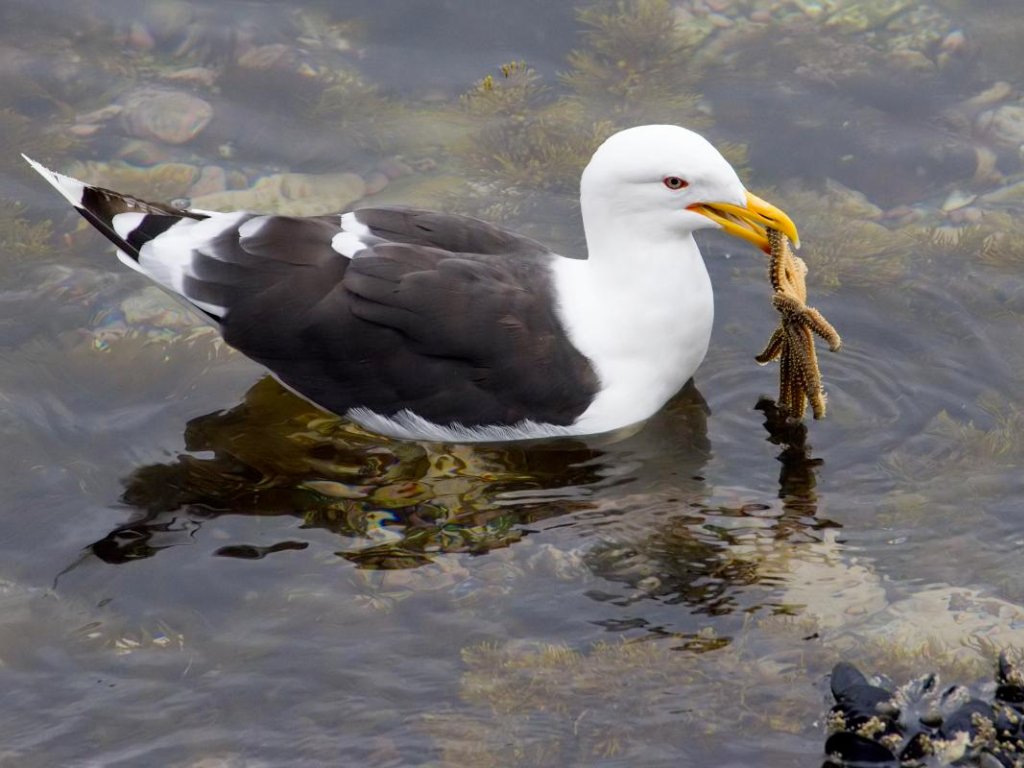
Karoro are hefty birds, weighing in at 1kg (four times the weight of the other gulls), and they have to feed the beast – with absolutely anything, as it turns out.
They eat fish (fresh or rotting!), small mammals, other birds, and organic waste from landfills. They will even take on newborn lambs or docked lambs’ tails from farms.
Māori put their predatory behaviour to good use by training the birds to eat the caterpillars that infested kūmara plots.
5. Love is love
Like most species of gulls and terns, the red-billed gull has a sex ratio biased in favour of females, leading to female-female pairings.
For example, at the biggest gull breeding colony on the Kaikoura Peninsula, females make up 54.9% of the population. As a result, about 7% of the pairings are female-female pairs.
Such pairs often still produce fertile eggs because one of the females allows force-copulation by a male paired with another female or initiates a copulation herself.
